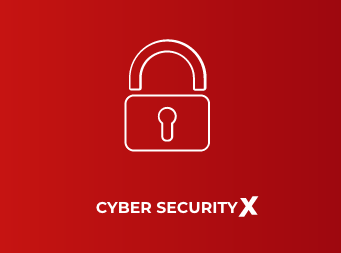The research highlightes: - 85% of attacks monitored are financially motivated
- 8% of incidents were from insider threats
- Only 7% of attacks where government sponsored
In previous years, government-sponsored, criminal, and hacktivist groups each had a distinct way of operating. For example, government-sponsored actors often invested time and resources into developing their own malware to use in highly targeted attacks, whereas financially motivated criminals used indiscriminate and broader-scale tactics.
Secureworks also investigated popular attack methods. Business email fraud, ransomware, digital currency mining (also known as cryptomining), and banking trojan activities constituted over 60% of the total attack methods. When it came to the financially motivated attacks, 21% of these involved business email frauds.
Compared to previous years, ransomware attacks tended to be more serious in impact with threat actors increasingly trying to gain access to entire networks to deploy payloads across a large number of systems.
Government-sponsored actors continued to target organisations for various strategic objectives, but capability across groups continues to diverge. Many groups conduct entire intrusions using publicly available tools and techniques, whereas others adopt increasingly sophisticated approaches to gain access to systems.
Constantly changing IT environments, corporate priorities, and relationships with third parties continues to create cybersecurity challenges year after year. To reduce risk exposure, organizations should close the gaps they can control and make the company less of a target.




